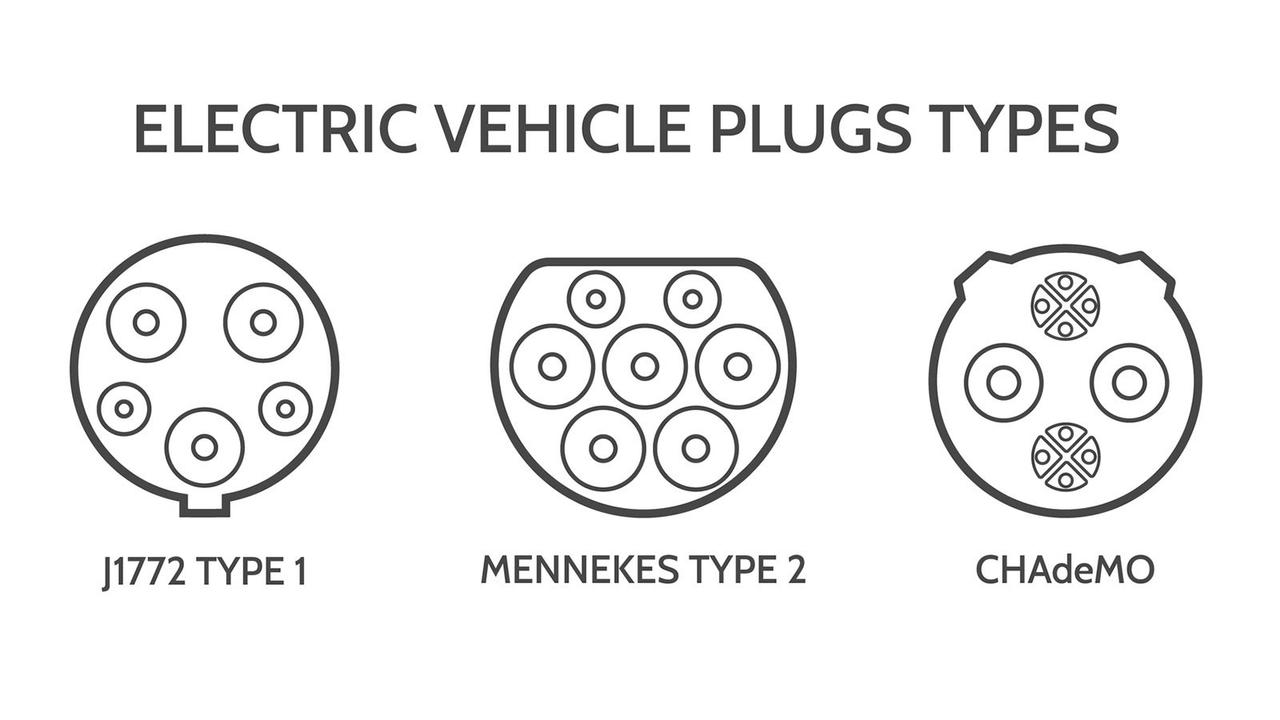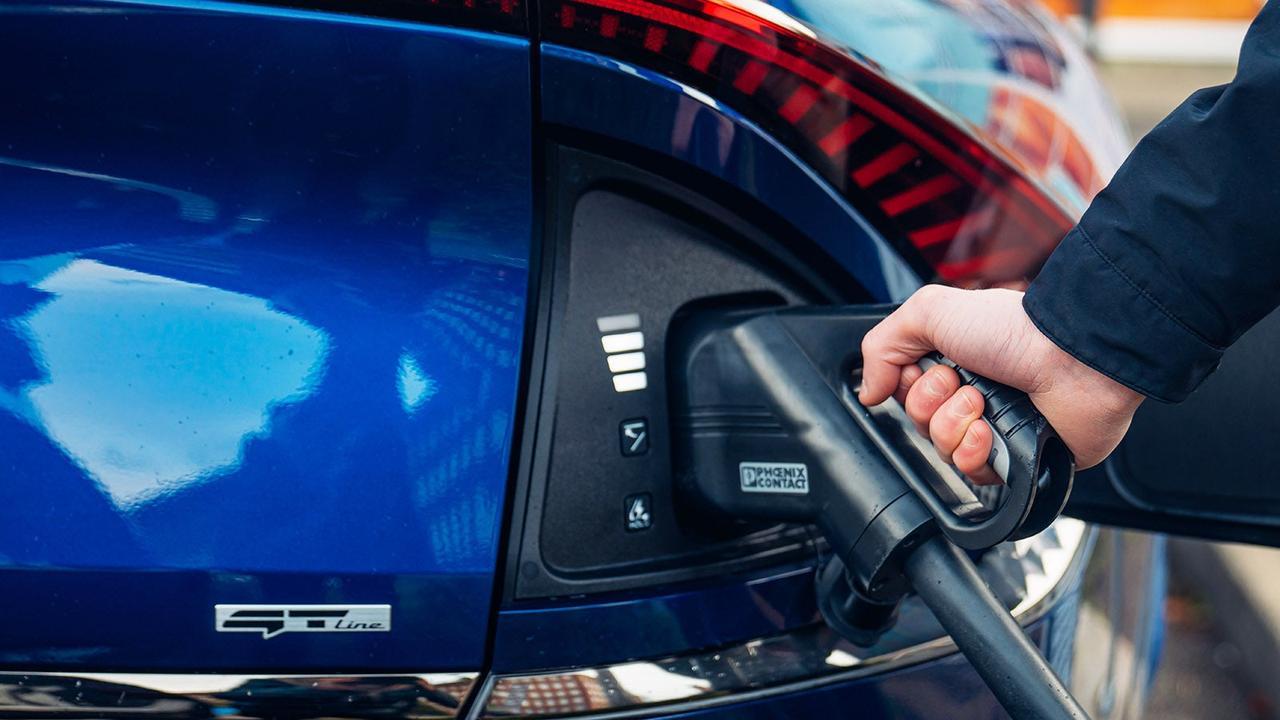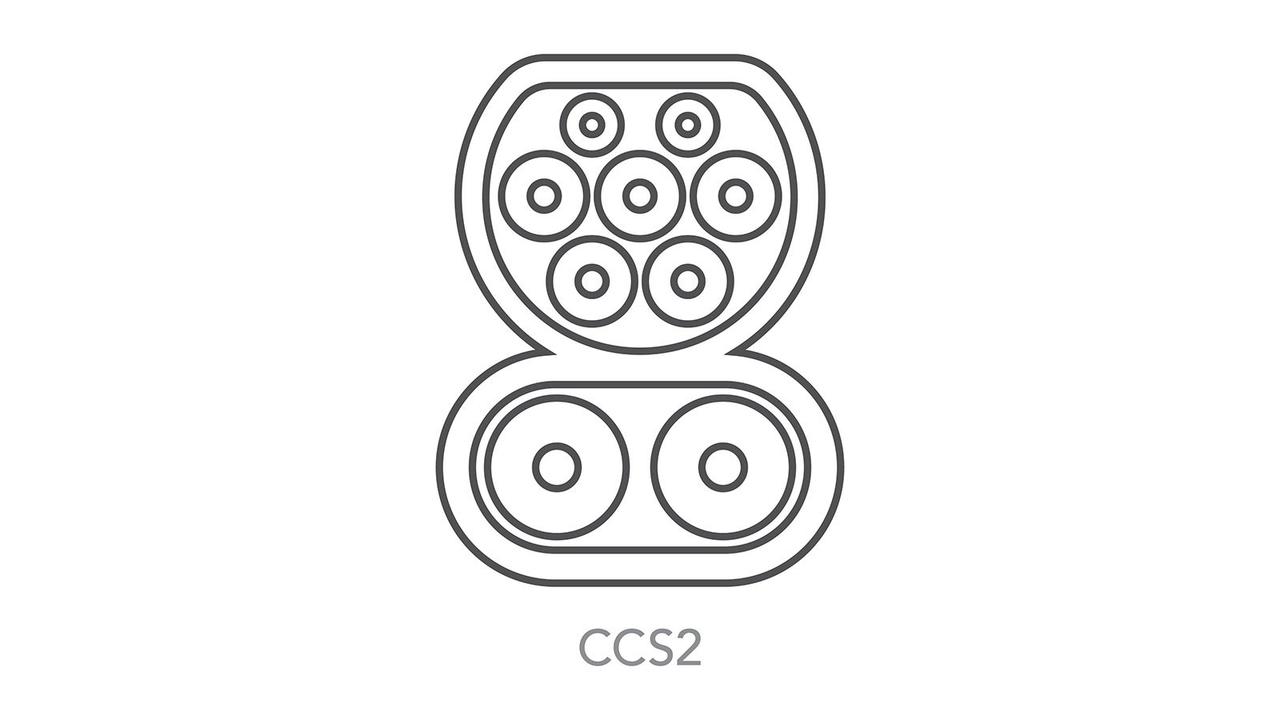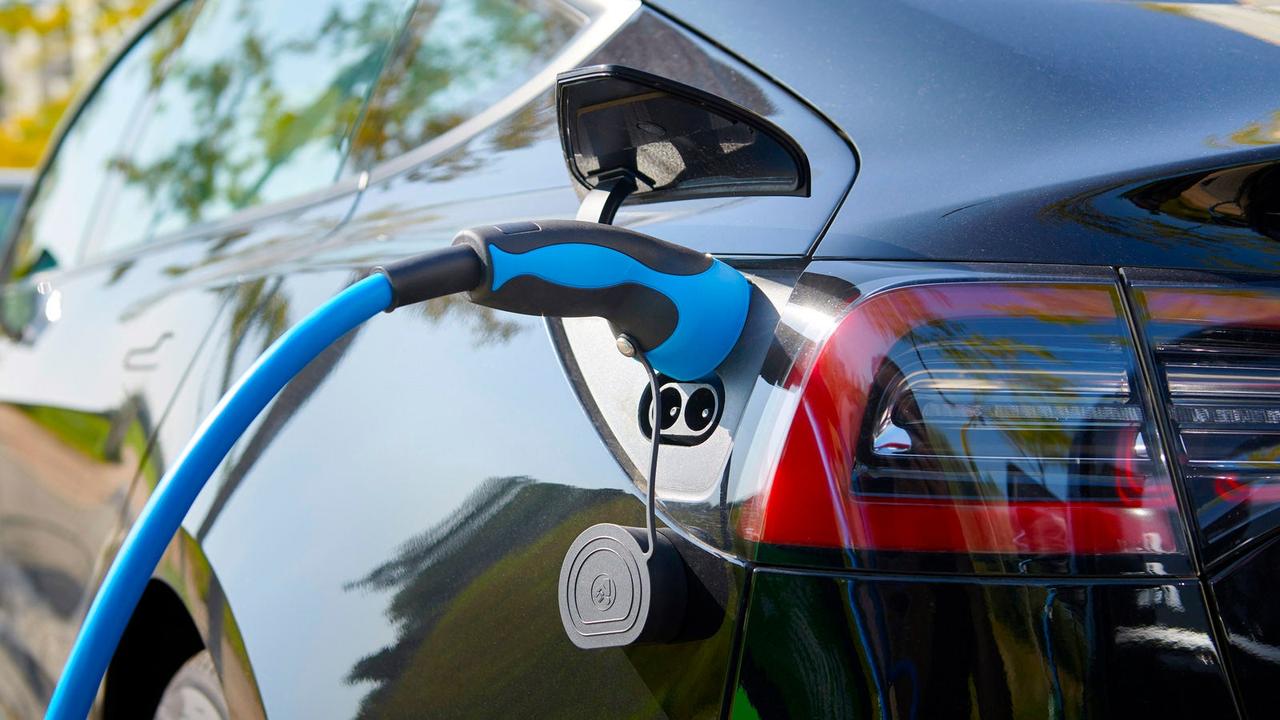While EV connectors and plugs have now been mostly standardised in Europe, you’re still likely to encounter a handful of different varieties if you’re shopping for a used or nearly new electric car.
This guide will talk you through the different connector types used by EVs you’ll find on the UK’s roads, and the different charging options those connectors bring you.
EV charger plug types
If you’re charging your EV from a typical AC connection in the UK, such as a wall-mounted charging point at home or at work, you’ll be using one of three different connector types.

By far, the most common plug used in the UK is the Type 2 connector, also known as Mennekes connector after the German company that developed it. From 2014 onwards, this connector was declared the European standard and the overwhelming majority of EVs sold across the continent now use this connector.
The acceptance of Type 2 as the standard EV connector in Europe means Type 1 connectors – also called J1772 – have now mostly been phased out. Type 1 connectors remain the standard for EVs in North America. In the UK, you’re only likely to encounter a Type 1 plug on early first-generation EVs, along with slightly older versions of the Nissan Leaf and Mitsubishi Outlander PHEV. If your EV uses a Type 1 connector, you can buy a passive adapter that allows you to connect to a Type 2 port. Type 1 connectors don't have a built-in lock that prevents the cable being unplugged, while Type 2 ports lock in place while charging.
Finally, the only other type of EV connector you’re likely to encounter in the UK is called CHAdeMO, originally developed in Japan. Unlike Type 2 and Type 1 connectors that can only handle AC power, CHAdeMO was designed only for high-voltage DC charging, which meant carmakers needed to install a separate port for slower AC charging. This limitation led to CHAdeMO falling out of favour and it’s now mostly vanished from the marketplace. You’ll find this connector type on older Nissan Leaf, Kia Soul EV and Mitsubishi Outlander PHEV cars.
EV charging speeds – DC vs AC charging

EV charging speeds are measured in kilowatts (kW), with a higher number indicating a faster charge rate. The actual speed your EV charges at will depend on the maximum rate your car can accept as well as the maximum output of the charger you're connected to, and the condition of your car's battery.
AC (alternating current) chargers are most commonly installed at home or as wallboxes in car parks and can fully charge most EVs overnight. DC (direct current) chargers achieve much faster charge speeds, however, and can mostly refill a battery in less than an hour.
The most common EV charging speeds are:
- 7kW (AC) – most wallbox chargers installed at home or at work output a 7kW charge rate – sometimes advertised at 7.3 or 7.4kW. This can fill most EV batteries overnight
- 50kW and above (DC) – most public DC fast chargers output at least 50kW and some can charge much faster than that. These are usually used to take an EV's battery to around 80%, which can be done in an hour or less
You might also find AC chargers rated at 11kW or 22kW at some public charge points. These require three-phase electricity, which is usually only available in commercial properties and isn't generally available for homes.
Rapid EV chargers

Type 2 and Type 1 connectors can handle AC power, allowing users to charge up in a few hours at home or at work, but they can’t accept high-voltage DC charging. Public DC chargers typically often operate between 50 and 150kW, although some are even more powerful. This much power makes it possible for some EVs to gain around 80% charge in just half an hour.
As Type 2 and Type 1 connectors can't handle DC power, it has led to the development of CCS – also known as combined charging system. This connector uses a Type 2 or Type 1 plug as its top half, while adding an oval-shaped secondary connector below it to handle high-voltage DC power. You can use just the top half on its own for slower AC charging, or use the whole CCS connector to enable faster DC charging speeds. In Europe, you’ll only find CCS2 connectors to match the standardisation of Type 2 plugs.
The good news is you don’t need to become an electrician to understand what type of charging your EV can accept. All EVs and EV chargers communicate digitally with each other to safely deliver a rate of power the car can accept. All you need to do as the user is simply match the correct plug to the connector, plug them in and let the system do the work for you.
How do I know which connector my EV uses?

If you’re buying an EV in the UK, there’s a very good chance the car will come with a Type 2 charging connector, likely as part of a CCS2 port, because these have been the industry standard for several years now. Only if you’re buying an older plug-in model such as an early Nissan Leaf, Mitsubishi Outlander PHEV or Kia Soul EV is there a possibility you might need to deal with one of the other connector types.
Type 2 connectors are also quite easy to visually tell apart from their Type 1 and CHAdeMO counterparts simply by looking at them. Type 2 plugs have a distinctive flattened top, whereas Type 1 and CHAdeMO are more obviously round in shape.
If you’re still not sure what connector your EV uses, consult your car’s manual which will include a section on charging guidance that should explain what type of plug you’ll need to find. Alternatively, the dealer or store you purchase your car from should be able to talk you through your charging options.
Sparked your interest in EVs?
If you’re thinking of trying out an electric vehicle, why not take a look at our complete guide to home charging – the most cost-effective way to run a battery-powered car. If you’re not sure what models are available, check out our picks for the best affordable EVs on sale.



































